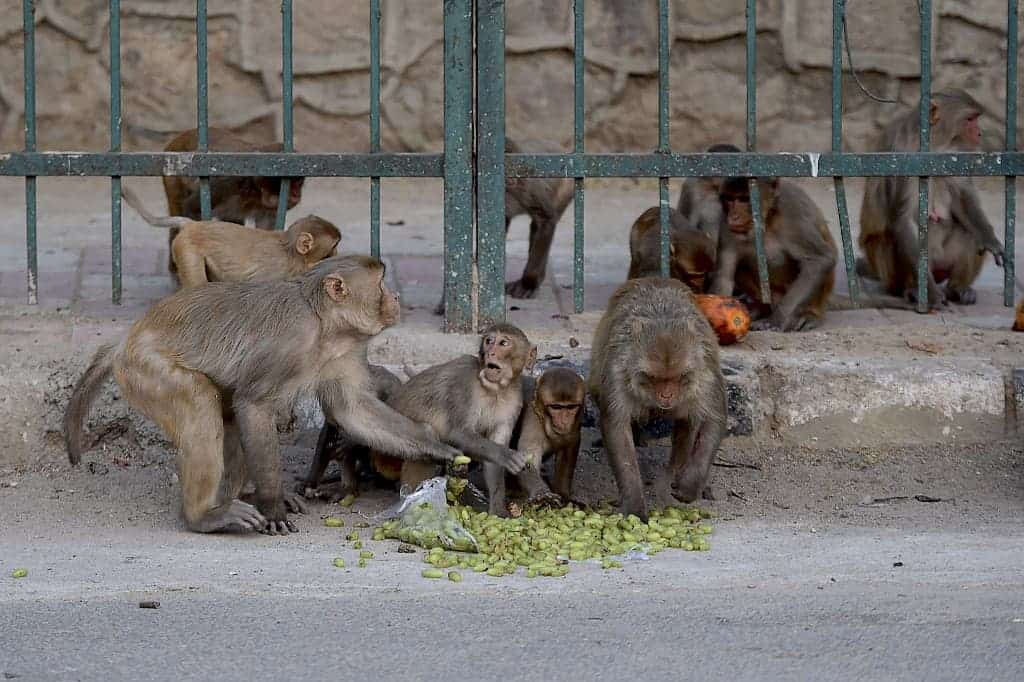A group of researchers has launched a project to track wildlife before, during, and after the coronavirus lockdown, hoping to study what they call the “anthropause” –- the slowdown in human activity amid the pandemic that has likely had a profound effect on other species.

Measuring that impact will reveal the many ways in which we can “share our increasingly crowded planet”, the authors argued in an article in the journal Nature Ecology and Evolution. But to do so “urgent steps” are needed to allow scientists to learn as much possible from the absence of humans in landscapes.
Posts on social media over the past few months have shown unusual wildlife encounters, suggesting nature has responded to lockdown. There not only seem to be more animals than usual, but there are also some surprising visitors, for example spotting pumas prowling the streets of downtown Santiago, Chile.
However, the pandemic has also had negative effects on wildlife. Some urban-dwelling animals, like monkeys, may struggle to make ends meet without access to human food. In more remote areas, reduced human presence may potentially put endangered species, such as rhinos, at increased risk of poaching or persecution.
To address how human mobility impacts wildlife, the researchers, grouped under a consortium called “COVID-19 Bio-Logging Initiative,” will review the movements, stress levels and behaviors of animals before, during and after the coronavirus lockdowns. They will use data collected with animal-attached devices known as “bio-loggers”
“These bio-loggers provide a goldmine of information on animal movement and behaviour, which we can now tap to improve our understanding of human-wildlife interactions, with benefits for all,” Christian Rutz, a biologist at the University of St Andrews, UK, and part of the initiative, said in a statement.
Most of the studies that look at the impact of human presence and activity on wild animals are usually limited to comparing protected and unprotected areas, or studying landscapes following a natural disaster. But with the current context the scale is much larger, Rutz argued, and the scope can be extended.
The bio-logging team will integrate results from a wide variety of animals, including fish, birds, and mammals, in an attempt to build a global picture of lockdown effects. They reached out to the global research community, which has already offered 200 datasets, which will soon be analyzed.
For the researchers, it will be an opportunity to address previously intractable questions. “We will be able to investigate if the movements of animals in modern landscapes are predominantly affected by built structures, or by the presence of humans. That is a big deal,” said Matthias-Claudio Loretto, a fellow at the Max Planck Institute in Germany.









